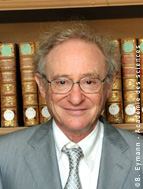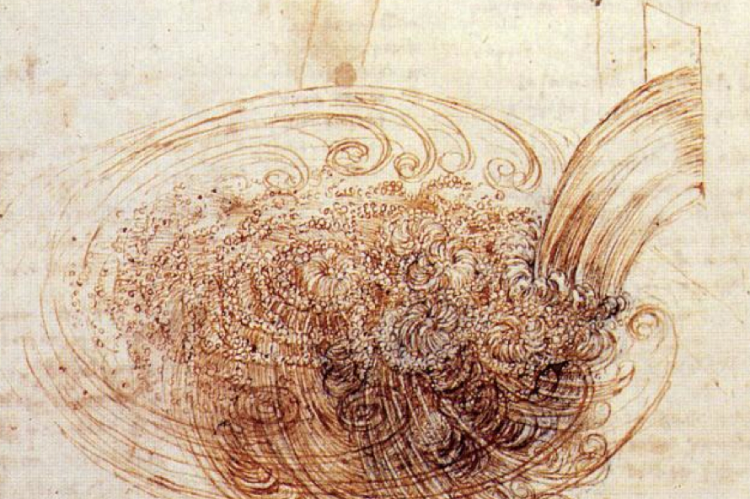Székelyhidi László (Universität Leipzig):
Rigid surfaces from Euclid to Nash and how to bend them.
October 16, 2019
16.30 BME K.150
“A compact surface is called rigid if the only length-preserving transformations of it are congruencies of the ambient space – in simple terms rigid surfaces are unbendable. Rigidity is a topic which is already found in Euclid’s Elements. Leonhard Euler conjectured in 1766 that every smooth compact surface is rigid. The young Augustin Cauchy found a proof in 1813 for convex polyhedra, but it took another 100 years until a proof for smooth convex surfaces appeared. Whilst it seems clear that convexity, and more generally curvature plays an important role for rigidity, it came as a shock to the world of geometry when John Nash showed in 1954 that every surface can be bent in an essentially arbitrary, albeit non-convex manner. The proof of Nash involves a highly intricate fractal-like construction, that has in recent years found applications in many different branches of applied mathematics, such as the theory of solid-solid phase transitions and hydrodynamical turbulence. The talk will provide an overview of this fascinating subject and present the most recent developments.”


(Source: http://hevea-project.fr/)
Uriel Frisch (CNRS, France):
Leonardo da Vinci, Tódor Kármán and many more: the decay of turbulence.
October 16, 2019
17.30 BME K.150
“Leonardo had a strong interest in mathematics (at the time, mostly geometry and simple algebraic equations). In the early part of his life, spent in Florence, Leonardo became interested in chaotic hydrodynamics (called by him, for the first time “turbulence”), a topic which will persist throughout his life. Examining the “turbulences” (eddies) in the river Arno he found in the late 1470 that the amplitude of the turbulence was decreasing very slowly in time, until it would come to rest (within the surrounding river). This topic would remain dormant for close to 5 centuries, until in 1938 Todor (Theodore) Karman, triggered by Geoffrey Taylor, established that the amplitude of the turbulence should decrease very slowly, indeed like an inverse power of the time elapsed. Three years later, Andrei Kolmogorov found an algebraic mistake in Karman’s calculation; Kolmogorov himself found another inverse power (5/7) of the time elapsed. This, likewise was wrong. In the talk we will present developments in a historical context and connect to recent progress on this topic. Very recently, we found that the law of decay of the amplitude need not be exactly an inverse of the time elapsed. Furthermore, more exotic laws of decay were obtained for “weak” (distributional) solutions using a Nash-like construction.”


